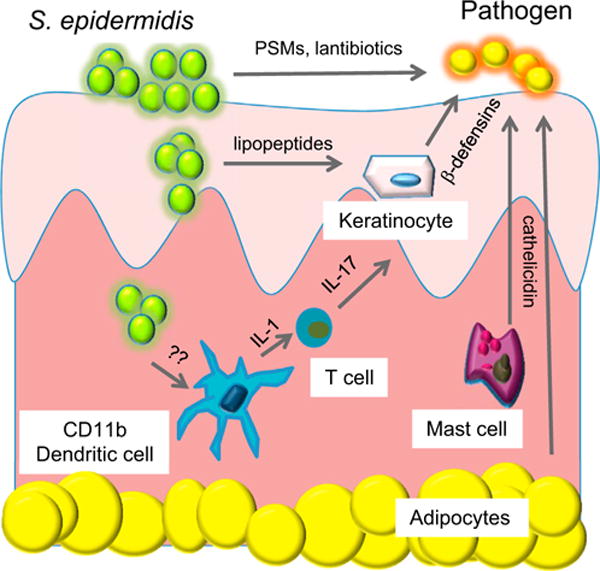Figure 1. S. epidermidis Has Several Beneficial Roles in Immune Defense System of the Skin and Interacts with a Complex Innate Cellular Defense System.

Specific strains of S. epidermidis directly produce antimicrobials including lantibiotics and phenol soluble modulins (PSMs). Lipopeptides produced by S. epidermidis can activate epithelial keratinocytes to increase production of antimicrobial peptides such as β-defensins. S. epidermidis can be detected by dermal dendritic cells to enhance IL-1 production and expansion of T cells producing IL-17. Other resident cells in the skin, including mast cells and adipocytes, produce antimicrobial peptides such as cathelicidin to kill pathogens.
